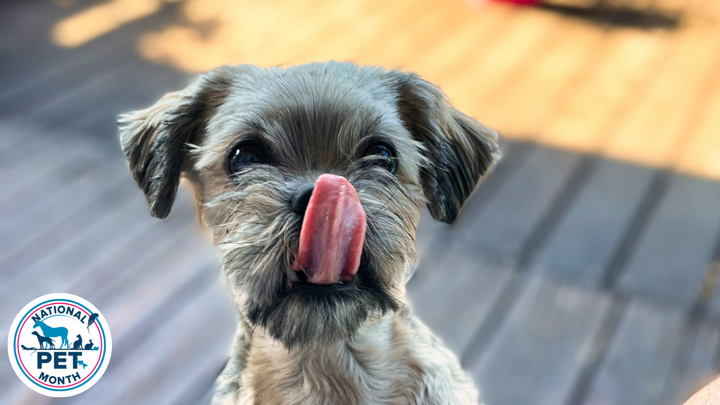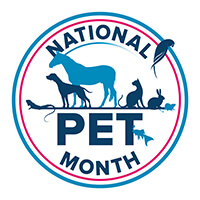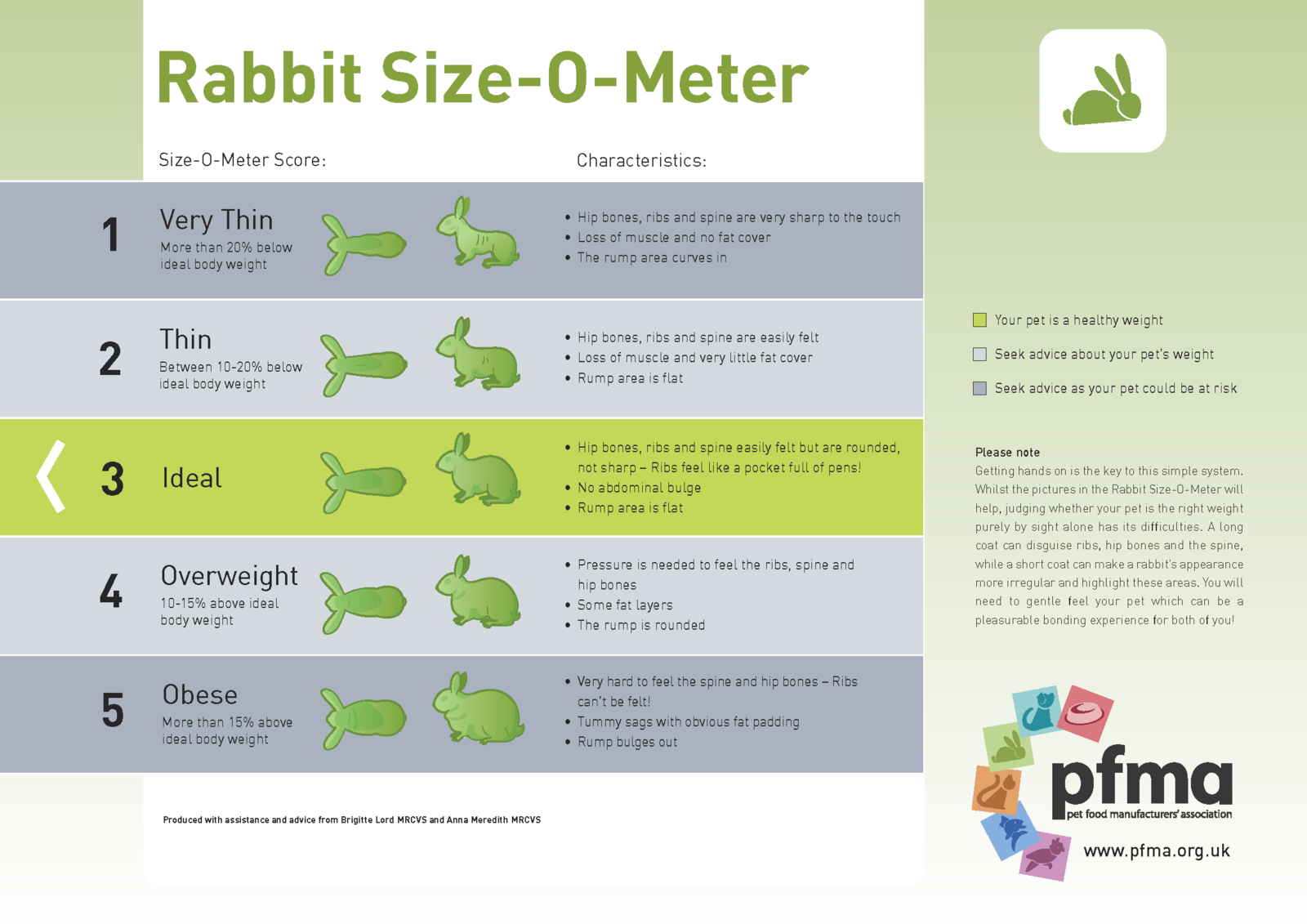Keep an eye on your pet’s waistline!

Top Tips and Tools for Healthy Weight Management
Following a great and very informative livestream across the National Pet Month social media channels earlier today, Sarah Hormozi, Head of Science and Education at the Pet Food Manufacturers' Association (PFMA) has shared some top tips and tools that pet owners can access for healthy weight management.
Top Tips and Tools for Healthy Weight Management:
1) Speak to your vet to find out the ideal weight for your pet – the goal is then to stick to this or to reach it and your vet will work with you on this.
2) Weigh your pet regularly and check their body condition using our fun Pet Size-O-Meters. Ideally, you should be able to feel their ribs with very light finger pressure.
The Pet Size-O-Meters are a good way to identify whether your pet is overweight and for reminding you what their ideal body shape looks like. This is only a starting point, and it needs to be confirmed by your vet.
If your vet confirms that your pet is overweight, the weight loss process should be gradual, taking place over a number of weeks and even months, which is why regular weight checks and keeping track of this is important. It needs to be part of your regular ‘at home’ care routine as well as checked on in your veterinary appointments.
3) A note to puppy and kitten owners: Like most health issues, preventing obesity is much easier than treating it. It is important for owners to familiarise themselves with a healthy growth pattern – particularly for puppies that come in all different shapes and sizes depending on their breed. New owners are strongly advised to start monitoring their pet’s weight and body condition during growth with their vet’s assistance.
4) The easiest way to ensure a pet gets the right quantity of food is to follow the feeding guidelines that are printed on pet food packages and weigh out their daily allowance with an accurate measuring scale, which you can then split between mealtimes.
We also recommend that one family member is given the ultimate responsibility of feeding your pet. However, if you do share this responsibility, you will need to sing off the same hymn sheet! Make sure everyone understands how much food your pet is allowed, including any treats, and that no one is feeding extra meals, treats, or table scraps. An excellent way to monitor this is to print off and start using one of our ‘food diaries’.
5) Have an active lifestyle with daily walks and playtime. This is beneficial for your pet and you! Whether you have a cat, a dog, small mammals or pet birds, there are ways to keep them active and stimulated.
Pets such as rabbits, hamsters, guinea pigs and birds that are housed in hutches and cages, need plenty of room to express their natural behaviour and have free movement. Providing safe toys and moveable objects for them to interact with will provide physical and mental stimulation. Check our factsheets on feeding and environmental enrichment for more information.
Useful resources:





